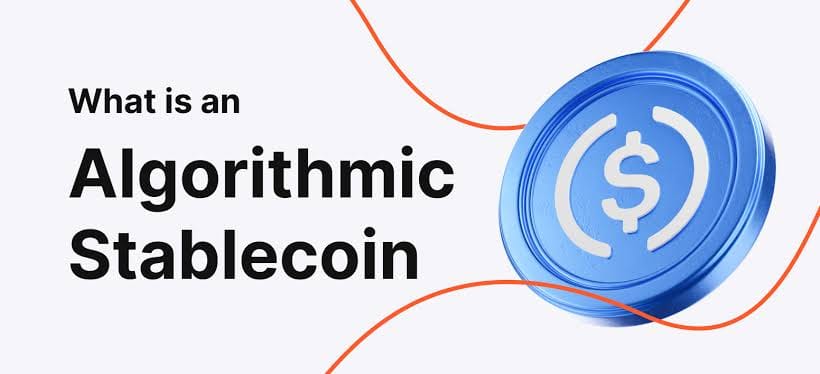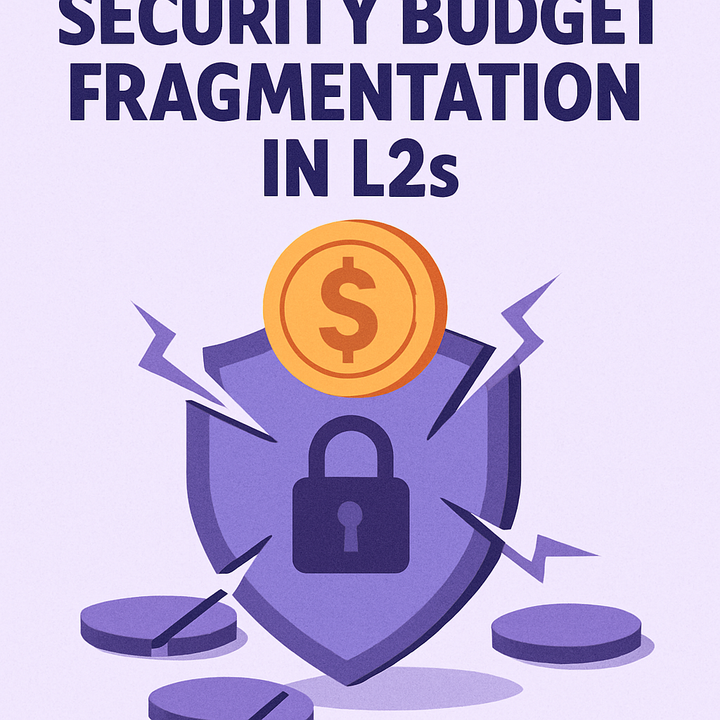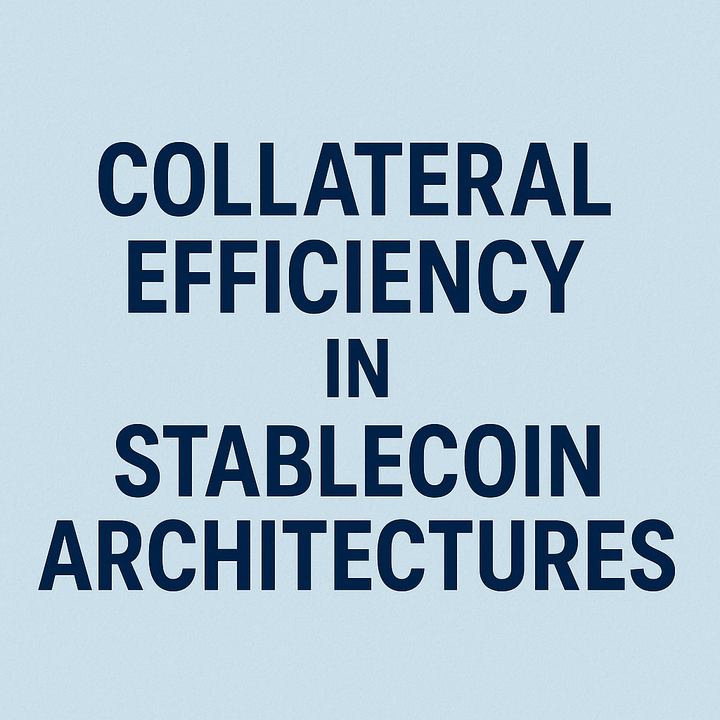The Future of Stablecoins: Beyond USD‑Pegged Models Algorithmic vs. Collateralized • Multi‑Asset Pegs • Corporate & CBDC Innovation

Introduction
Stablecoins have become the bedrock of many crypto use cases, trading, lending, payments, with most today pegged 1:1 to the US dollar. But as the ecosystem matures, projects are exploring new designs: algorithmic models that adjust supply automatically, hybrid approaches blending collateral and code, baskets of assets beyond just USD, and even government‑backed digital currencies.
In this article we’ll:
- Compare algorithmic, collateralized, and hybrid stablecoins, and lessons from past failures like Terra Luna.
- Examine multi‑asset pegging, whether to a mix of currencies, commodities, or crypto.
- Explore corporate and central bank efforts, from Meta’s Diem to emerging CBDCs, and what they mean for the next wave of digital money.
By the end, you’ll get a clear view of where stablecoins may go once USD‑pegged models give way to more diverse, resilient designs.
1. Algorithmic vs. Collateralized vs. Hybrid
1.1 Fully Collateralized Stablecoins
- How they work: Every issued coin is backed by real‑world assets, USD in a bank account (USDC), or crypto collateral locked on‑chain (DAI).
- Pros: Strong peg stability, transparent reserves (when audited), straightforward for users to understand.
- Cons: Requires trust in custodians or smart‑contract collateral valuations; can be capital‑inefficient.
1.2 Algorithmic Stablecoins
- How they work: Supply expands or contracts via on‑chain rules. If price dips below $1, protocols burn coins or auction bonds to push price back up. If price runs above $1, they mint new coins to sell and bring it down.
- Pros: No on‑chain collateral needed; potentially infinite scalability.
- Cons: Prone to “death spirals” when confidence breaks, Terra Luna’s collapse in May 2022 showed how quickly market panic can swamp algorithmic defenses.
Lesson from Terra Luna
Terra’s UST stablecoin used LUNA tokens to absorb supply shocks. When UST lost its peg, panic selling LUNA drove its price to near zero, wiping out billions. The key takeaway: purely algorithmic models must maintain deep liquidity and strong incentives, or they risk catastrophic failure.
1.3 Hybrid & Fractional‑Algorithmic Designs
- How they work: Combine collateral (crypto or fiat reserves) with algorithmic mechanisms. For example, keep 70% collateral and use algorithmic bonds or seigniorage to manage the remaining 30%.
- Pros: Improves capital efficiency compared to fully collateralized coins, while retaining an on‑chain buffer of real assets to shore up confidence.
- Cons: Still exposed if collateral loses value, or if algorithmic component mis‑fires, so governance and risk frameworks must be robust.
Takeaway: Hybrid models aim to strike a balance, enough real reserves to inspire trust, enough algorithmic flexibility to grow efficiently. But they must learn from Terra’s “peg break” that incentives and transparent rules are critical.
2. Multi‑Asset Pegs: Diversifying Beyond USD
2.1 Why Multi‑Asset Pegs?
Relying on a single currency exposes stablecoins to that currency’s monetary policy and macro risks. Baskets can smooth volatility and spread risk across:
- Currencies: A mix (USD, EUR, JPY) can reduce dependence on any one central bank’s decisions.
- Commodities: Adding gold or oil can hedge against fiat inflation and provide tangible backing.
- Crypto indices: Including top crypto assets (BTC, ETH) can tie the stablecoin’s stability to the broader crypto market’s health.
2.2 Pros & Cons
| Peg Type | Pros | Cons |
|---|---|---|
| Multi‑Currency | Reduces single‑currency risk; appeals globally | Needs on‑chain oracles for each currency; complexity |
| Commodities | Hedge against fiat inflation; tangible backing | Storage and audit logistics; price feed vulnerabilities |
| Crypto Basket | Leverages crypto liquidity; aligns with ecosystem | Crypto volatility can seep into peg; requires dynamic rebalancing |
2.3 Real‑World Examples
- Basket Coins: Projects like Terra Classic’s post‑revival “bLUNA” considered multi‑currency baskets to avoid repeat fragility.
- Commodity‑Backed Coins: Some startups issue gold‑backed tokens (e.g., PAX Gold), giving exposure to both stable value and inflation hedge.
- Crypto Indices: Protocols like PieDAO offer index‑pegged tokens that track baskets of DeFi assets, though these are more “index tokens” than stablecoins, they showcase the mechanics of diversified backing.
Takeaway: Multi‑asset pegs can improve stability and reduce reliance on any single system. But they add complexity in oracle management, reserve audits, and rebalancing algorithms.
3. Corporate & Central Bank Innovation
3.1 Meta’s Diem (formerly Libra)
- Background: Announced in 2019 by Facebook (now Meta) with backing from major tech and payment firms. Initially proposed a multi‑currency reserve, later pivoted to single‑currency coins (USD, EUR, GBP).
- Key features:
- Regulated custodians: Licensed banks hold reserves.
- Permissioned model: Validators vetted by the Diem Association.
- Current status: After regulatory pushback, Meta sold the project to Silvergate Bank in 2022. Elements have resurfaced in other corporate coin efforts.
3.2 Emerging CBDCs (Central Bank Digital Currencies)
- What they are: Digital versions of national currencies issued and backed by central banks (e.g., China’s Digital Yuan, Sweden’s e‑Krona pilot).
- Key traits:
- Full fiat backing: Every token is a direct claim on central bank reserves.
- Programmability: Some pilots explore “smart money” features, conditional transfers or time‑limited stimulus.
- Integration with banking systems: CBDCs aim to complement or replace physical cash in retail and wholesale payments.
CBDC vs. Stablecoin: While stablecoins rely on private or consortium issuers, CBDCs bring state‑level trust but raise privacy and surveillance concerns.
3.3 What This Means for Stablecoins
- Regulatory expectations: Diem’s regulatory challenges illustrate that large, permissioned coins face intense scrutiny. Future corporate coins will need clear consumer protections and transparent governance.
- Tech transfer: CBDCs push central banks to explore blockchain and digital‑asset technology, advances that can trickle back into the private stablecoin world.
- Coexistence models: We may see hybrid systems where CBDCs settle in the backend while private stablecoins offer programmability and DeFi integration.
Takeaway: Corporate and central bank initiatives raise the bar for transparency, compliance, and technical reliability—forcing private stablecoins to up their game in audits, reserve disclosures, and risk management.
Conclusion
Stablecoins are evolving rapidly beyond simple USD pegs. Key trends include:
- Hybrid models that blend collateral and algorithmic supply adjustments, learning hard lessons from Terra’s collapse.
- Multi‑asset pegs that diversify risk across currencies, commodities, or crypto indices, trading simplicity for resilience.
- High‑profile corporate efforts like Diem and CBDC experiments by central banks, reshaping both expectations and technology underpinnings.
| Trend | Opportunity | Challenge |
|---|---|---|
| Hybrid Designs | Capital efficiency + trust | Complex governance; need clear incentive rules |
| Multi‑Asset Pegs | Reduced peg risk; global appeal | Oracle complexity; reserve auditing |
| Corporate & CBDC | Strong compliance; state‑level backing | Centralization concerns; privacy trade‑offs |
The future of stablecoins will likely see layered approaches: private hybrid coins for DeFi rails, commodity or currency baskets for global hedging, and CBDC bridges for on‑chain/off‑chain interoperability. Projects that balance transparency, resilient engineering, and clear user value will lead the next generation of digital money, moving well beyond the confines of a simple dollar peg.
Internal Mitosis Links & Glossary References
- Bitcoin
- Blockchain
- Cryptocurrency
- Mitosis Core: https://university.mitosis.org/mitosis-core
- Governance: https://university.mitosis.org/governance
- Glossary: https://university.mitosis.org/glossary/
- Ecosystem Connections: https://university.mitosis.org/ecosystem-connections


Comments ()